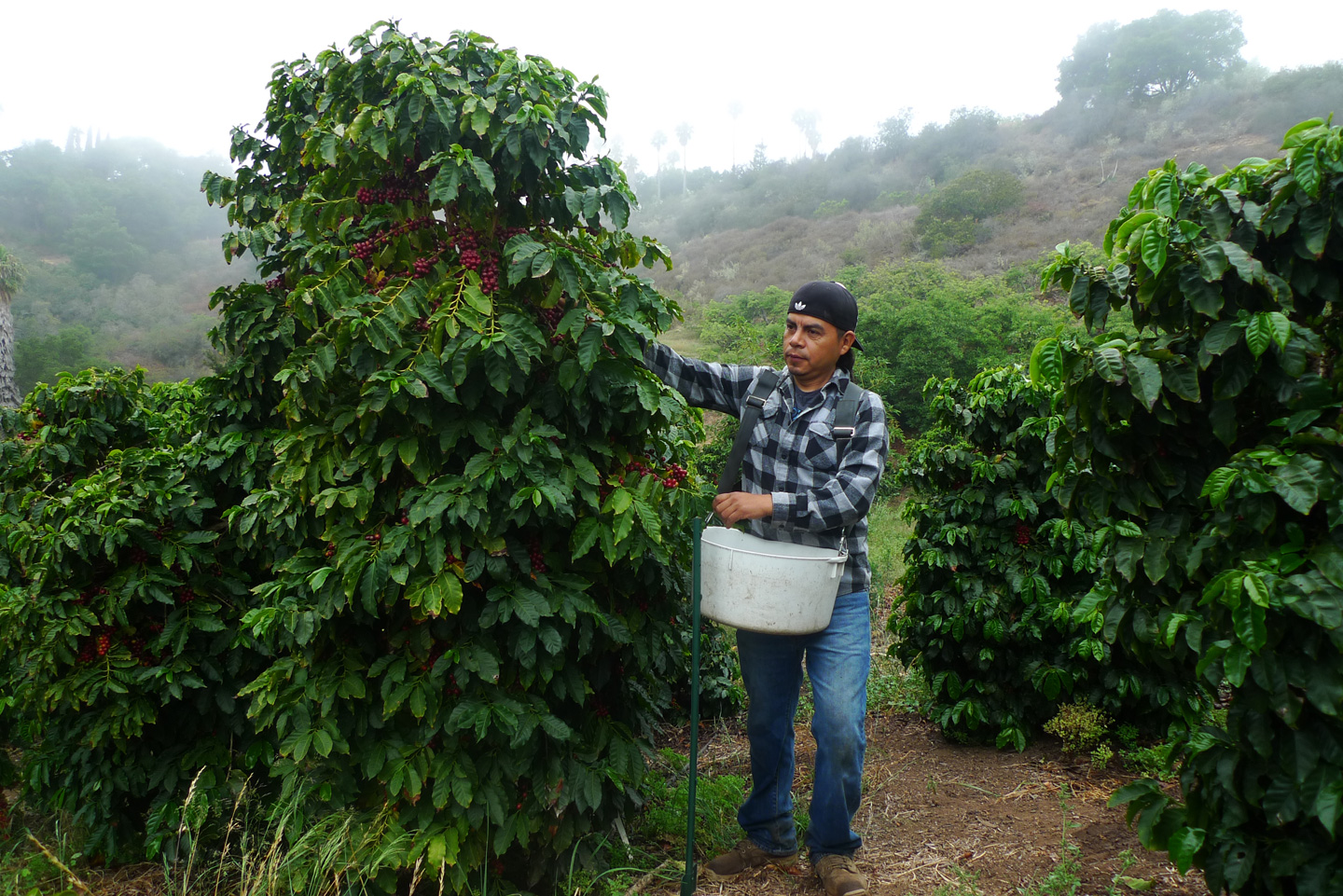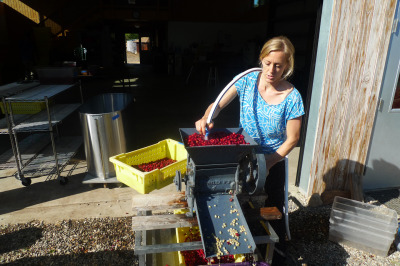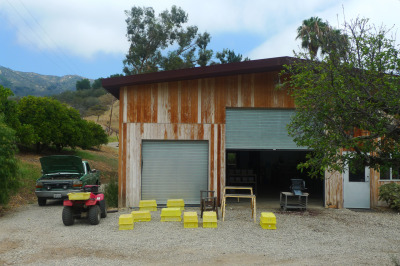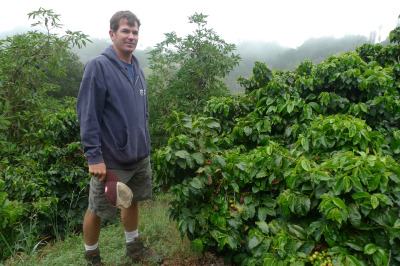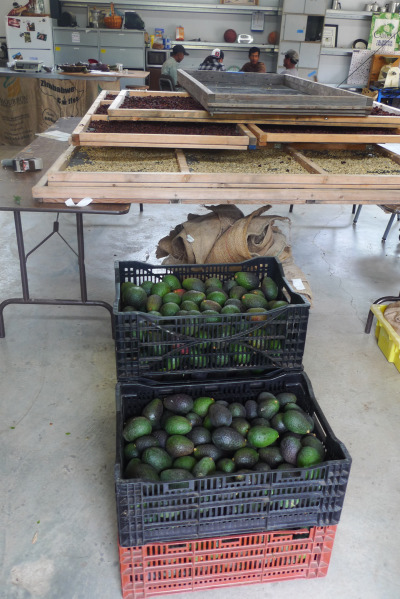Women in Nicaragua combat country’s macho culture
The phone rings in Alicia Arrosteguis’s wooden-framed house in La Perla, a village in west Nicaragua. “I thought you said you would just be an hour,” she says to her husband on the other end of the line. “Come back this minute. And bring some lunch.” Everyone laughs, recognising the mock annoyance in her tone. But, with Nicaragua ranking 132nd out of 187 countries in the UN’s 2014 Gender Inequality Index, there’s a serious side to her newfound assertiveness, too.
Arrosteguis is one of 78 participants in a project that seeks to recognise the unpaid work of women in Nicaragua’s agriculture sector. “Women provide integral support to the farming process, whether it’s preparing food at home, say, or helping directly with the harvest. But this work is always overlooked,” says Juan Bravo, managing director of the Juan Francisco Paz Silva cooperative to which Arrosteguis belongs.
In an effort to correct this, the cooperative approached its largest buyer – UK-based retailer The Body Shop – and requested that the value of women’s traditional roles be formally included as a cost in the production process. As a result, the contract now factors in the work of women. To date, the deal has generated additional income for the cooperative of about $30,000 (£19,000).
Bravo says the payment is not tokenistic. It is a fixed business cost that is accounted for alongside conventional labour expenses, raw materials and other inputs.
The cooperative’s female members have decided to use the extra income for vocational training in eight communities. Most include marginalised women from outside the cooperative. A proportion of the funding is used to provide seed capital for business ideas. Arrosteguis’s group has invested in an eco-efficient oven to bake goods for sale locally. Other micro-enterprises include dairy products, handicrafts, natural medicines and beauty services.
MDG : Women empowerment in Nicaragua : Marta Vargas in Sesame field Marta Vargas in her sesame field. She is a cooperative member and workshop coordinator. Photograph: Oliver Balch
The initiative is indicative of a move within Nicaragua’s cooperative movement to combat the country’s pervasive macho culture. Among the pioneers is Soppexcca, a cooperative representing 650 coffee growers in the mountainous province of Jinotega. “We were the first cooperative to define and implement an explicit gender equality policy back in 2003,” says Fátima Ismael, the cooperative’s general manager. “With the help of FLO [Fairtrade International], 32 other cooperatives in Nicaragua adopted their own gender policies over the following three years.”
Principles enshrined in Soppexcca’s constitution include equal representation for women and full participation in making decisions. The cooperative also runs workshops for its male and female members to raise awareness about issues such as domestic violence as well as laws relating to women’s rights.
Advertisement
Such moves coincide with efforts by the national government to promote gender equality. All public departments now have targets to ensure a 50:50 ratio of male and female employees. The police service has a division focusing on domestic violence.
“A couple of years ago, it would have been difficult to say the government had a clear policy of gender quality,” says Estella Amador, regional director for Pro Mujer, a Central American NGO promoting gender equality. “Now, there is a much stronger emphasis on gender issues across society.”
Yet Ismael says most government programmes have yet to filter through to the rural areas where smallholder cooperatives like hers are based. “Nicaragua is still a very machista culture, so it’s a whole process to unlearn this,” she says. Even within Soppexcca, only 220 of its 650 members are women. In most cooperatives, the percentage of female involvement is lower.
One notable exception is Femuprocan, Central America’s sole federation of women-only smallholder cooperatives. Based outside the small town of Ciudad Darío in Matagalpa province, the federation has more than 2,000 female members.
“Our vision is to empower women as rural producers, which we do through educating ourselves, getting better organised and sharing ideas among ourselves,” says Femuprocan spokeswoman Julia Castellón.
She doesn’t underestimate the task ahead. Femuprocan is campaigning for reforms to the law governing cooperatives, which it maintains is biased towards men. It is also pushing the government to make good on its promise to provide credit to women to buy their own smallholding.
MDG : Women empowerment in Nicaragua : Femuprocan Canteen, a women cooperative Women prepare food at a canteen during a meeting of Femuprocan, a federation of women-only smallholder cooperatives. Photograph: Oliver Balch
In Blanca Molina’s view, equipping women to become more economically independent is crucial in the battle for gender equality. As president of UCA San Ramón, a coffee-producing union of cooperatives in Matagalpa state, she helps coordinate startup loans for female coop members. “Our aim is that the women can earn their own income and have more choice in how they spend their money. That way they can start to break down the dependency [on men] that currently exists,” she explains.
She cites a group of 28 women in El Privilegio, one of UCA San Ramón’s affiliate cooperatives, who have recently set up their own small roasting plant. They now sell their own ground coffee brand in the domestic market. The coffee will soon go on sale in a new cafe in downtown San Ramón that will be run by women from another local cooperative.
In Achuapá, meanwhile, a town close to La Perla and where the Juan Francisco Paz Silva cooperative is headquartered, Juan Bravo has just overseen the organisation’s latest annual meeting. With triumph in his voice, he counts the list of new members. For the second year running, women outnumber men.
http://www.theguardian.com/global-development/2014/dec/30/nicaragua-female-farmers-agriculture-macho-culture?CMP=share_btn_fb

 w the best cup for each judge. I judged seventeen baristas and tasted seventeen unique brews of the same coffee, all behind a curtain so as not to be biased. I was surprised how different the cups were, and I found myself doubting whether they were the same coffee.
w the best cup for each judge. I judged seventeen baristas and tasted seventeen unique brews of the same coffee, all behind a curtain so as not to be biased. I was surprised how different the cups were, and I found myself doubting whether they were the same coffee.